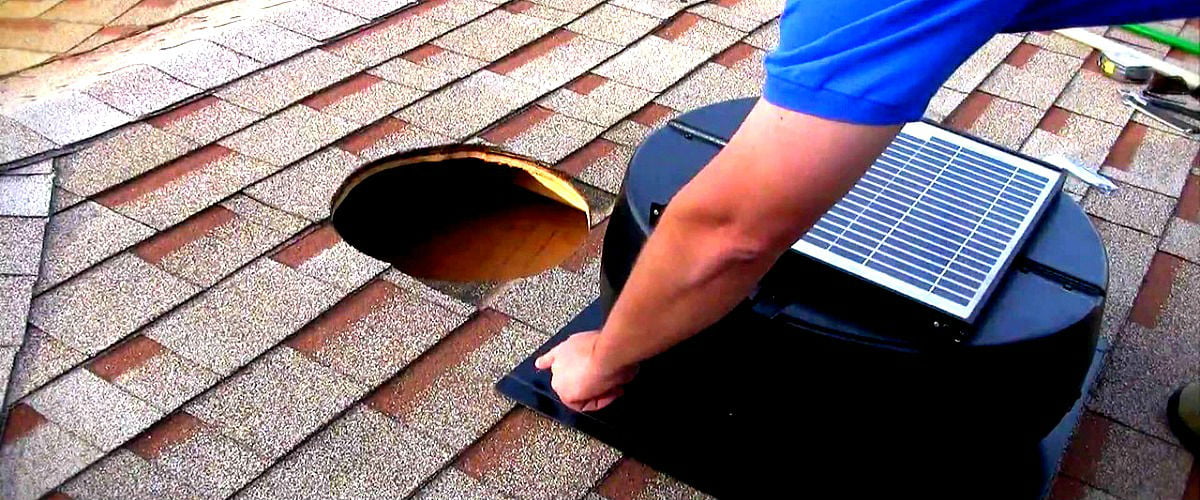One of the most dangerous, damaging and destructive things that can ruin a home is mold. If left unchecked, mold can not only destroy your home, it can effectively drop the value of your home to zero. That’s right, your home can lose all of its value because of mold.
Additionally, the danger or toxins in the home is ever present: According to the Environmental Protection Agency, “Toxic air pollutants, also known as hazardous air pollutants, are those pollutants that are known or suspected to cause cancer or other serious health effects, such as reproductive effects or birth defects, or adverse environmental effects.” The dangers of radon and carbon monoxide could also be quietly lurking in your home, but are easily detectible.
So how can a homeowner keep mold and dangerous toxins at bay?
Here are 7 ways to effectively combat the almost unseen enemy:
1. When water leaks occur, act quickly to dry the wet or damp material to keep mold from growing. If left unchecked mold can start to grow quickly.
2. Keep HVAC drip pans clean and all drain lines unobstructed and free flowing. Have your HVAC system checked annually by a professional to ensure it’s running correctly and at highest efficiency.
3. Keep indoor humidity low in both warm and cold months. Humidity in unventilated rooms such as bathrooms, kitchens, attics and basements can create a breeding ground, allowing mold to grow quickly. If your basement or attic is musty, install dehumidifiers and vents to exhaust stale air. Ideally, humidity levels throughout your home should be between 30% and 50%. Yet, humidity levels can differ greatly by room and level. Utilize an HVAC system with an air exchanger. Air conditioning will lower humidity levels in the summer. Also, properly vent your home in the colder months to minimize condensation.
4. Vent all appliances that produce moisture (dryers, stoves, heaters) to the outdoors, in order to keep humidity lower.
5. Over decades toxins such as lead, as well as brominated fire-retardant chemicals (PBDEs) and allergens like pollen, pet dander, and dust mites can accumulate in your home. The simple utilization of a good vacuum with a HEPA filter can dramatically reduce these toxins in the home.
6. Install detectors that can alert you to the presence of deadly carbon monoxide. Literally, like a fire detector, a CO2 detector can save your life and the lives of your family.
7. Test for radon. (Radon is now the second leading cause of lung cancer in the United States). Radon is radioactive and is emitted naturally from the decay of uranium in most soils. What most people do not know is that even if your home is tightly sealed or has no basement, you still could have a radon problem.
This list is a good start for any household and if followed, could potentially save lives. If you have any questions, please feel welcome to request a consultation.




